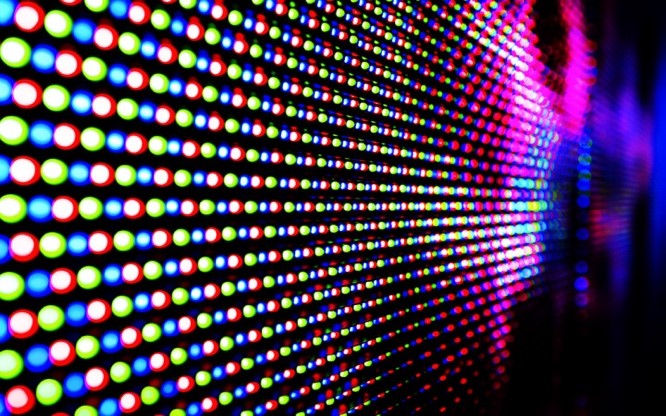Approximately 25% of the global electricity demand is used for lighting, which accounts for 1.9GT of CO2 emissions and 5% of the annual planet carbon budget. Light emission is thus a critical property that must be maximised and controlled, to ensuresustainable operation as well as to reach high performance limits in optoelectronic devices such as photovoltaic (PV) solar cells and perovskite light-emitting diodes (PeLEDs). Solution-processable metal halide perovskites show immense promise for use in light harvesting and emission applications, due to their ability to emit ultra-pure light with internal luminescence quantum yields close to 100%. However, thermodynamic instability of functional phase near ambient temperature and facile degradation upon exposure to air or moisturelimit their potential. This calls for a greater understanding of the thermodynamics of phase-change behaviour, alongside methods of enhancing stability.
Metal–organic frameworks (MOFs) are a family of chemically diverse materials. There are more than 70,000 structures which are currently known, with applications in a wide range of fields such as gas separations and storage, drug delivery, water harvesting and catalysis. Research has however been focused almost entirely on the crystalline state. The formation of functional disordered materials such as liquid MOFs and, upon cooling, melt-quenched glasses, represents a new direction in the field. MOF crystal-glass composites (CGCs) are one such example, and are formed by dispersing crystalline MOFs within a MOF-glass matrix. This creates functional, stable and porous composite materials, where the MOF-glass matrix acts to protect the occluded crystalline phase against atmospheric moisture and associated degradation. In this project, we propose to extend the functional composite materials formed using a glass matrix, to include those containing perovskite phases and produce stable perovskite-MOF glass materials. The composite stabilisation strategy, by extending the operational stability of perovskites with excellent photoluminescent properties, aims to bring a novel perspective in addressing key challenges in PeLED commercialisation.
NanoDTC Associate, a2020

